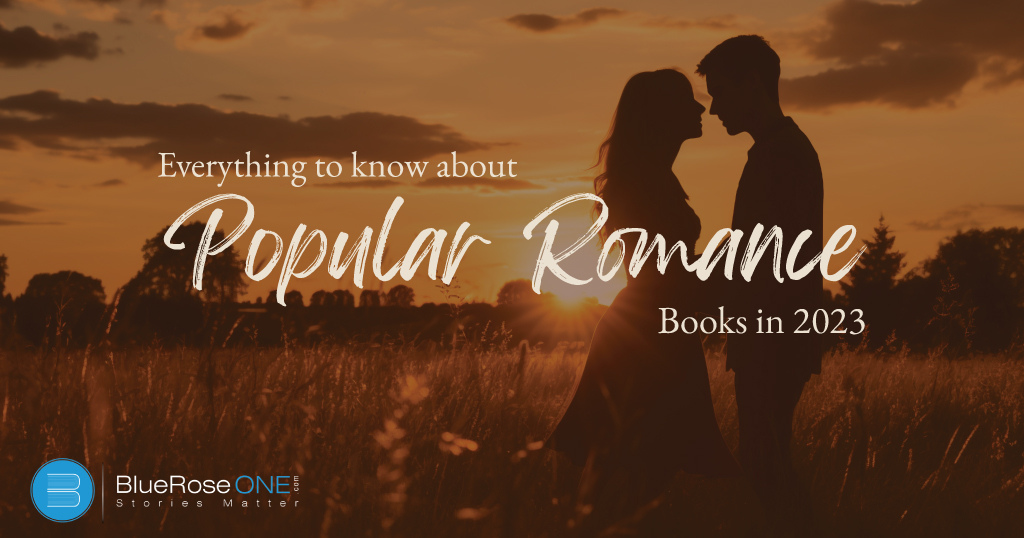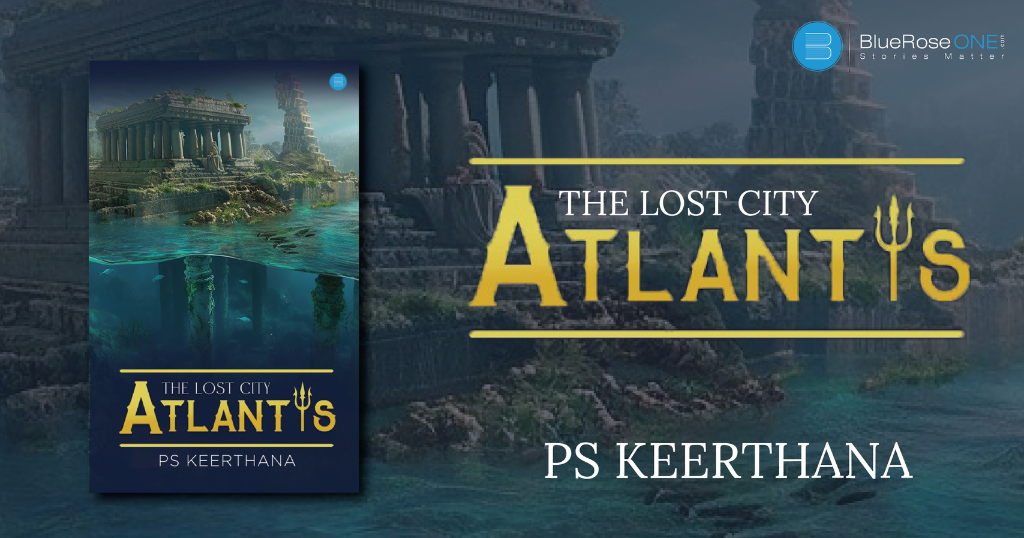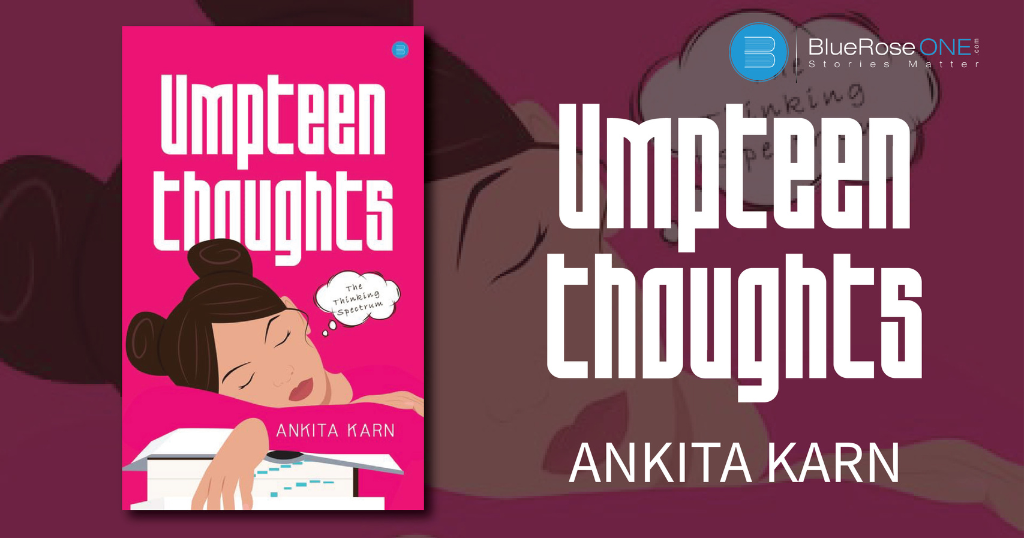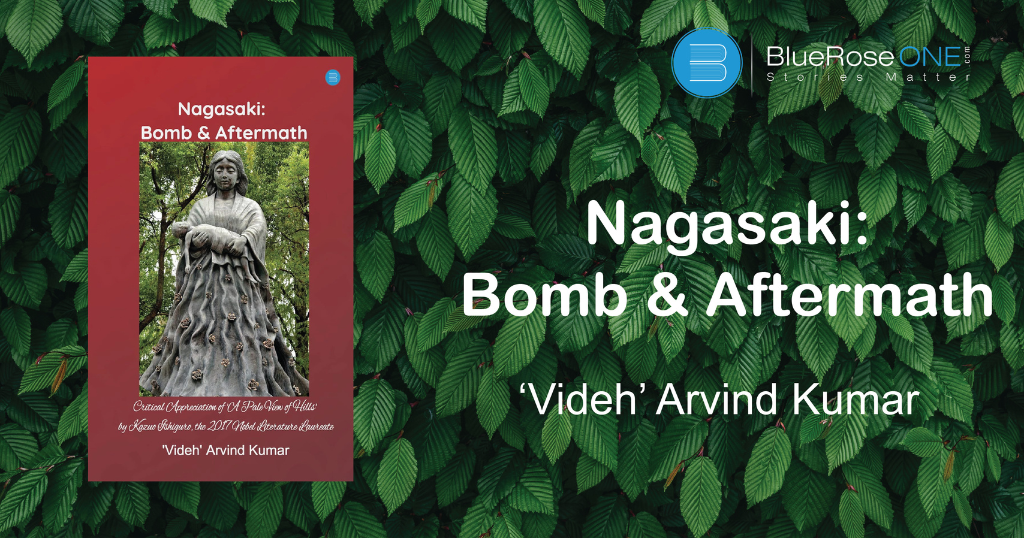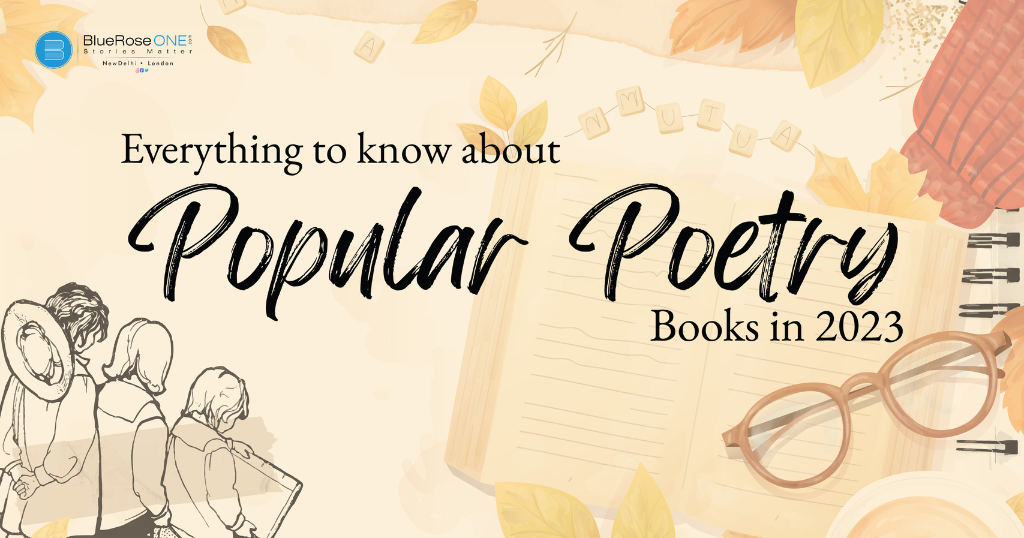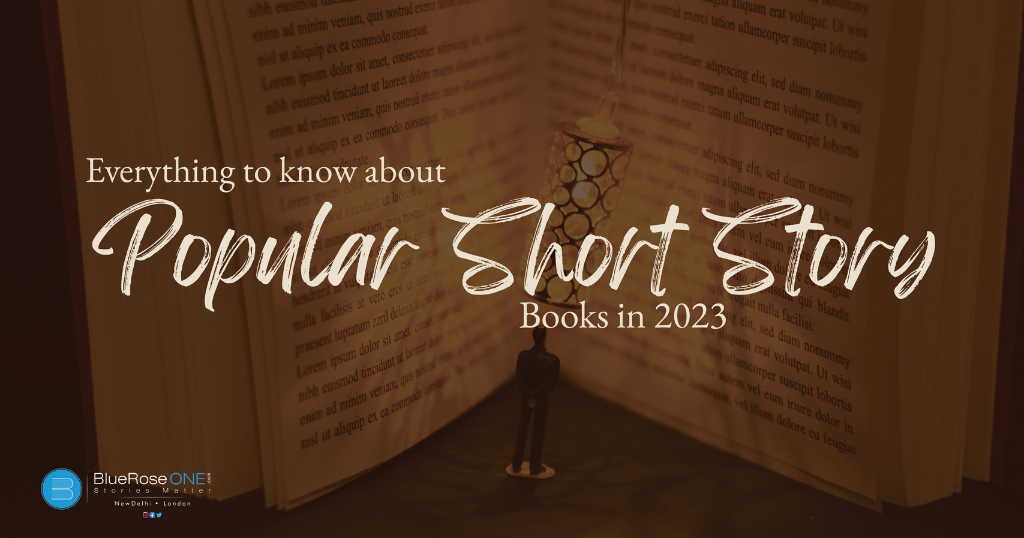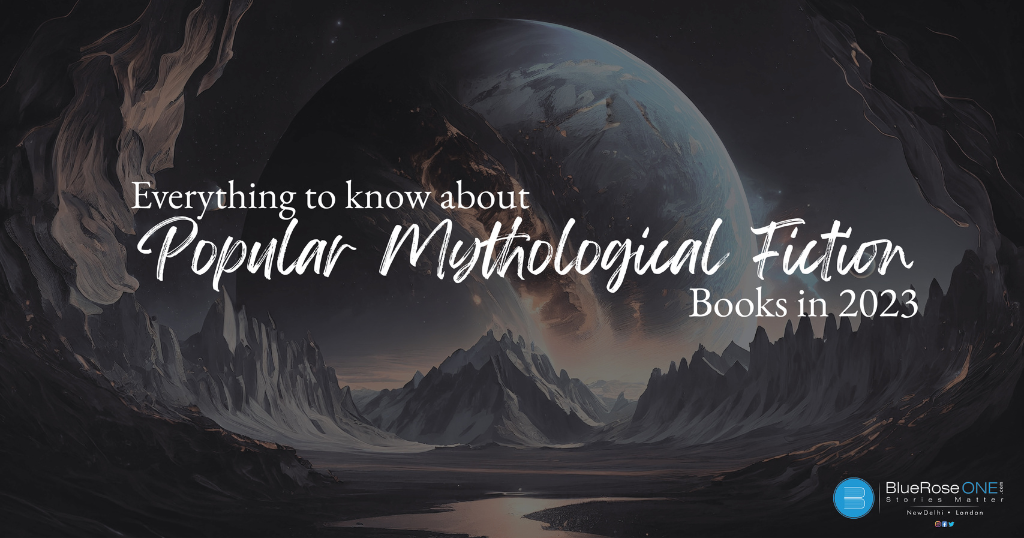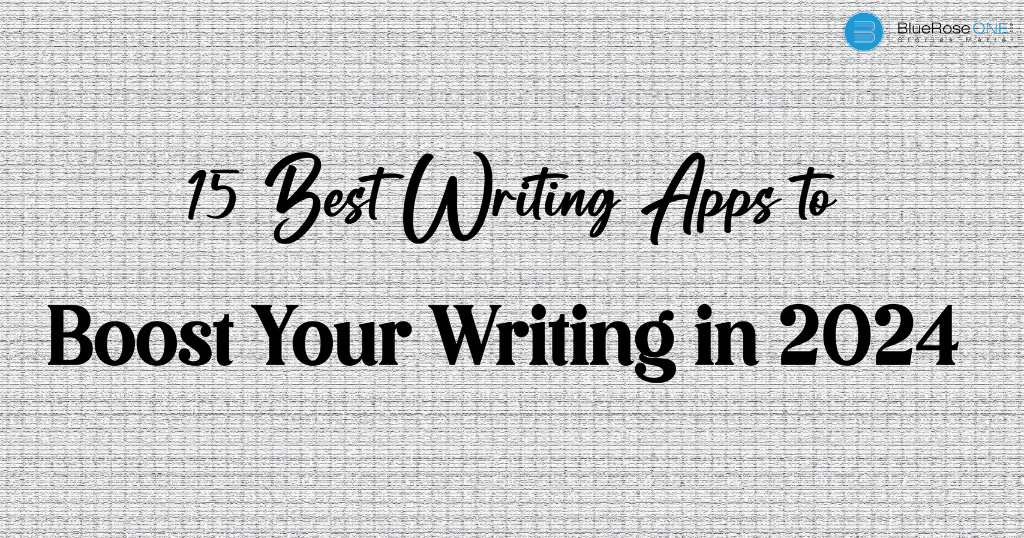
The 15 Best Writing Apps to Boost Your Writing in 2024
In the digital age, authors have access to a plethora of tools that may dramatically enhance their writing process. These tools have evolved into indispensable companions for writers of all levels of expertise, ranging from assisting in the conception of creative ideas to meticulously refining the final draft. As we approach 2024, it becomes increasingly important to become acquainted with the 15 top writing applications that promise to not only improve the writing experience but also raise overall productivity. These programmes cater to the different needs of both new and experienced authors, providing a plethora of features that correspond with the demands of the modern writing scene. Join us as we explore the best writing applications positioned to influence and enrich the craft of writing in the digital age. Scrivener Ulysses iA Writer Plottr Reedsy Book Editor yWriter Storyist Linguix ProWritingAid Hemingway Wordtune Writer.com Ginger Software FlyPosts AI FocusWriter Scrivener Scrivener is a comprehensive and adaptive writing tool that caters to the many demands of authors. One of its distinguishing characteristics is its capacity to successfully organise large tasks. Scrivener supports smooth navigation and editing by letting users divide their work into digestible pieces. The corkboard component is particularly significant, allowing authors to graphically organise and outline their work. This visual technique may boost creativity while also assisting in the structural development of a composition. Scrivener is popular among writers because of its adaptability to diverse writing styles and project kinds. Scrivener’s organisational capabilities make it simple to keep track of ideas, research, and drafts whether working on a novel, research paper, or screenplay. Its powerful features make it an excellent alternative for authors who appreciate both creativity and project management in their writing process. You may also like: Book Writing Tools That Actually Make a Difference Ulysses Ulysses stands out as a simple writing programme for individuals who value a distraction-free writing environment. The app has a simple and easy-to-use design that emphasises content above superfluous functionality. Its sophisticated Markdown editor improves the writing experience by giving a quick and easy way to format text without interrupting attention. Ulysses’ strength resides in its dedication to simplicity. Writers like the app’s ability to remove extraneous components, allowing them to focus on their creative process. Ulysses is a wonderful alternative for authors looking for a simple yet powerful tool to bring their ideas to life, thanks to its clean interface and comprehensive Markdown support. iA Writer A Writer has received praise for its simplicity and commitment to plain text writing. The software provides a clear and concentrated atmosphere for authors to focus entirely on their thoughts. The Focus Mode, which highlights the current text, is a distinctive feature that helps users stay interested and absorbed in their work without interruptions. iA Writer’s beauty stems from its user-friendly design and dedication to important writing functionality. The app’s minimalism does not sacrifice functionality; rather, it improves the writing experience. Because of its commitment to plain text, iA Writer is an excellent alternative for authors who want a simple interface without compromising the vital tools required for productive and immersive writing. Plottr Plottr is a specialist writing tool for authors who value thorough planning and outlining as part of their creative process. This programme is a helpful tool for authors who wish to structure their stories. Authors may use Plottr to quickly structure tale components, maintain timings, and guarantee consistency throughout their plots. Because of the tool’s emphasis on plotting, it’s a popular choice among individuals who believe in rigorous planning before beginning the writing process. Plottr’s power resides in its capacity to assist authors in visualising the arc of their works. It allows a thorough picture of the story by giving an ordered place for characters, events, and timeframes. This visual technique may greatly improve the storytelling process by helping authors to detect potential issues in their plot structure before they become writing challenges. You may also like: Exploring English Literature: Literary Landscapes Reedsy Book Editor Reedsy Book Editor is a strong online application that helps with book authoring and formatting. Its distinguishing feature is the collaborative environment it provides, which enables authors to collaborate seamlessly with editors and designers throughout the book development process. This collaborative method improves the entire process of book production, making it popular among writers who value cooperation and professional advice. One of Reedsy Book Editor’s significant features is its user-friendly interface, which simplifies the typically hard operation of creating a book. Authors may concentrate on their work while the programme handles the technical details, resulting in a polished and properly prepared final output. The agreement strengthens Reedsy Book Editor’s position as a holistic option for writers seeking a seamless and speedy writing and publishing process. yWriter yWriter stands out as a novel-writing programme designed to assist authors in organising their work into structured chapters and scenes. This tool adopts a systematic approach to writing, providing features for character and location organization. The writer’s focus on structure aims to help writers maintain a cohesive and well-paced narrative throughout their novels. The strength of yWriter lies in its commitment to providing a structured framework for writers. By breaking down the writing process into manageable components like scenes and characters, yWriter encourages authors to approach their work systematically. This approach is particularly beneficial for writers who find value in detailed planning and organisation before delving into the creative writing process. Storyist Storyist caters to the needs of novelists and screenwriters by combining writing and project management features in a single software solution. This comprehensive tool allows writers to outline, write, and revise their work efficiently. A storyteller’s integrated approach is particularly advantageous for authors who appreciate a seamless transition between planning and executing their creative ideas. One of Storyist’s notable features is its ability to support both novelists and screenwriters, making it versatile for various storytelling formats. The software provides tools for outlining plots, developing characters, and managing the overall project timeline. For writers who juggle multiple aspects of…
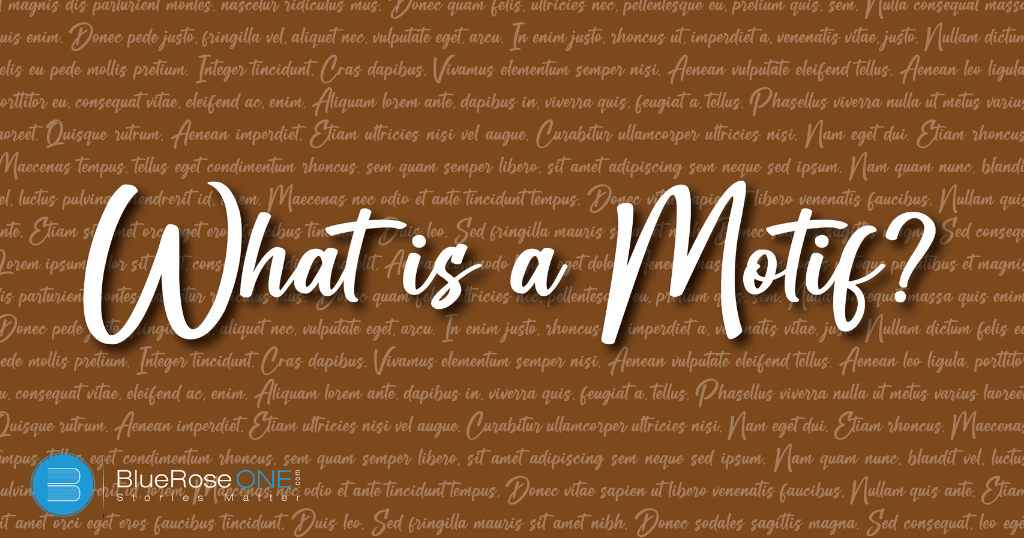
What is a Motif in Literature? Definition, Meaning and Examples
In the world of stories and books, there’s something special called a “motif.” It’s like a magical ingredient that adds meaning and beauty to the tale. Imagine it as a dance, where this special element keeps popping up, making the story richer and more interesting. In our adventure today, we’re going to explore what motifs are all about. Think of it as a journey where every time something repeats in a story, it’s like a secret code or a lovely tune that makes everything more special. Come along as we discover the simple yet fascinating world of motifs in literature – the hidden gems that make stories come alive. You may also like: How to Write an Author Bio | BlueRoseOne.com Defining Motif in Literature In literature, a motif is like a special pattern or theme that repeats in a story. The word “motif” comes from French and means a pattern or theme. Unlike big ideas called themes, motifs are specific details, concepts, or structures that show up over and over again in a literary work, adding layers of meaning. Picture a motif as a repeated melody in a song. Each time you hear it, it brings something new to the music. Similarly, in stories, a motif is a particular element or image that keeps coming back, changing and growing as the plot unfolds. It’s like a special ingredient that authors use to give their work a unique and recognizable flavor. Take the example of a rose as a motif in a story. At first, it might mean love and beauty. But as the story goes on, the same rose could start to symbolize different things – maybe showing how relationships are fragile or how time passes. This changing nature of motifs makes them different from fixed themes. Writers use motifs to add intricate symbols to their stories, connecting with readers on a deeper level. Motifs act like building blocks in a story, connecting different parts together. They link characters, events, and feelings, creating a solid narrative. By repeating and changing, motifs become a kind of secret language within the story. They can communicate complex ideas and emotions without directly saying them. In simple terms, motifs are like tools for storytellers. They help make a tale more than just about the surface-level plot and characters. They are like secret codes that, when you understand them, reveal hidden meanings and deep layers in literature. As we explore motifs, we’re uncovering the special craft that writers use to turn words into immersive and meaningful stories. You may also read: 5 Act Structure: Definition, Examples and More Key Characteristics of Motifs: You may also like: 7 Top Rated Self Help Books of All time in 2024 Exploring the Meaning of Motifs: You may also like: Publish your book with Amazon Self-Publishing in 2024 Examples of Motifs in Literature You may also like: List of 10 Best Libraries in Portsmouth for Book Lovers The Evolution of Motifs You may also like: How to Avoid Plagiarism in Assignment: 10 Easy Steps In the vast landscape of literature, motifs emerge as intricate threads that connect the fabric of storytelling. Through their repetition, symbolic significance, and contribution to overarching themes, motifs enrich the reader’s experience and offer a nuanced understanding of complex narratives. As we journey through the pages of diverse literary works, the motifs we encounter serve as guiding lights, inviting us to unravel the profound meanings woven into the tapestry of human expression. Publish your book with BlueRoseONE and become a bestselling author. Don’t let your dream of becoming an author fade away, grab the opportunity now and publish your book – be it fiction, non fiction, poetry or more. You may also read: How to Create Suspense in your Story: A Beginner’s Guide

Amazon Book’s Rankings Explained: Increase Your Book’s Ranking Now
In the vast realm of online book retail, Amazon stands as the undisputed giant, connecting authors with millions of potential readers. However, the competition is fierce, and authors need more than just a compelling book; they need effective strategies to elevate their book’s rankings on Amazon. In this comprehensive guide, we will delve into a myriad of proven techniques, from optimising your book page to leveraging marketing tools, that can significantly enhance your book’s visibility and, subsequently, sales. Crafting an Irresistible Book Page Leveraging Amazon Author Central Soliciting Reviews and Ratings Proven strategies to elevate your book’s rankings on Amazon Crafting an Irresistible Book Page Eye-Catching Book Cover:The first point of contact between your work and potential readers is your book cover. It is crucial that the design is visually arresting, adheres to the standards of your genre, and is professionally created. A professionally designed cover conveys professionalism and makes your book stand out from the many others available on Amazon. A/B test several cover designs to determine which one best appeals to your target audience while taking into account their expectations and preferences. This will help you determine which design is the most effective. Compelling Book Title and Subtitle:Crafting a compelling book title is a crucial aspect of capturing a reader’s attention. The title should not only be attention-grabbing but also convey the essence of your book. It should evoke curiosity and interest while providing a glimpse into the narrative. Equally important is the subtitle, which offers additional context or intrigue, enticing potential readers to delve deeper into what your book has to offer. Together, the title and subtitle form a powerful tool for attracting your target audience and setting the right expectations for your book. Engaging Book Description:The book description serves as a sales pitch for your work. It should provide a concise yet compelling overview of the key plot points without revealing too much. Think of it as a teaser that sparks curiosity and prompts readers to explore further. Use persuasive language to highlight the unique elements of your story, creating a sense of anticipation. A well-crafted book description not only informs but also entices, making it a crucial component in converting potential readers into buyers. Pay attention to language, tone, and pacing to ensure it aligns with your book’s genre and audience. Keywords Optimisation:Strategic use of keywords is vital for enhancing your book’s discoverability on Amazon. Conduct thorough research to identify relevant keywords associated with your book’s genre, themes, and subject matter. Incorporate these keywords naturally into your book title, subtitle, and description to optimise search engine visibility. Additionally, take advantage of Amazon’s backend keyword section, which provides an extra layer of discoverability. Regularly reassess and update your chosen keywords to stay aligned with trends and ensure your book remains visible to potential readers browsing the expansive Amazon marketplace. Effective keyword optimisation is a dynamic and ongoing process that significantly influences your book’s reach and success on the platform. Leveraging Amazon Author Central Author Bio and Photo:Creating an engaging author bio is a crucial part of connecting with your audience. This area should be used to highlight your writing experience, history, and any other pertinent details that help establish your credibility. Give readers an insight into the person behind the words while keeping it succinct and powerful. It is also essential to have a professional photo of the author. This graphic component gives your profile a more human touch, increasing its relatability and encouraging a feeling of community. A personable and amiable photo encourages readers to connect with you personally and increases the likelihood that they will interact with your books. Utilize Amazon Author Central Features:Useful resources are available on Amazon Author Central to improve your author profile and interact with readers. Keep your Author Central profile up to date with the most recent details about your works and yourself. This guarantees that the most up-to-date information about your work is available to readers. Utilize the “From the Author” section to establish a personal connection with your readers. Give us some thoughts, stories, or updates about your writing career. Using this platform to interact with readers gives it a personal touch and encourages loyalty and a sense of community. You may establish a compelling author profile that appeals to readers by making active use of the tools offered by Amazon Author Central. Soliciting Reviews and Ratings Early Reviewer Program:A smart strategy to get the reviews for your book started is to sign up for Amazon’s Early Reviewer Program. With this plan, customers who purchase your book are encouraged to provide frank reviews in return for a little incentive. Amazon chooses reviewers at random from a pool of applicants, and in exchange for their reviews, they are given a token gift, typically a gift card. This programme increases the number of reviews you have while also giving your book’s listing more legitimacy. When a book has sincere, objective evaluations, readers are more likely to believe in it and investigate it. Encouraging your early readers to take part in this initiative can have a big impact on the platform’s legitimacy and visibility for your book. Reader Engagement:Creating a community around your book is essential to getting reviews and keeping readers interested. Use author websites and social media to create an environment where readers can interact with you and one another. Participate in conversations, reply to comments, and provide behind-the-scenes looks at your writing process to actively engage your readers. Direct communications or targeted emails that personally connect with readers, which can inspire them to contribute their opinions and reviews. Give your readers a feeling of appreciation and community, and they will become ardent supporters who will be more inclined to provide positive feedback for your work. Proven Strategies to Elevate Your Book’s Rankings on Amazon “Crafting a Compelling First Impression”Before delving into marketing strategies, the foundation lies in ensuring your book meets high standards, as readers make quick decisions. In a mere 7 seconds, potential readers evaluate your…

